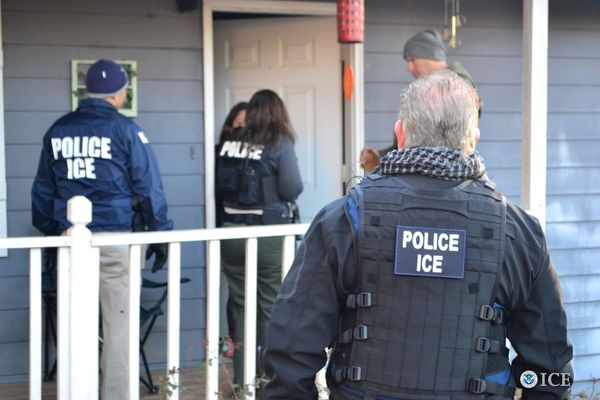
An unnecessary federal bailout of state and local governments has given an undeserved mulligan to some money-losing government-owned golf courses.
That's despite the fact that some of those same courses reported an increase in customers during the COVID-19 pandemic. According to reports submitted to the Treasury Department and reviewed by Reason, Union County, New Jersey, has committed $929,000 of its federal COVID funds to a pair of county-owned golf courses: Galloping Hill and Ash Brook. That spending will help the courses cover "costs associated with increased use" as a result of "an increase in play at county golf courses due to the COVID-19 pandemic."
That's the sort of problem that many private businesses would probably love to have. Either as the result of government-imposed lockdowns or changes in consumer behavior during the pandemic, recreational spending on restaurants, bars, concert venues, and theaters plummeted. If that made golfing—an outdoor, socially distanced activity—more popular, why should taxpayers now have to bail out a business that got more successful?
Perhaps the problem is that government shouldn't be trying to run golf courses in the first place. Union County's Galloping Hill course was losing $500,000 annually as recently as 2007, according to NJ Monthly. To "solve" that problem, county officials decided to dump $17.6 million in public money into upgrades at the course. The latest bailout, then, is just another in a long line of poor decisions made by the county's elected leaders.
They're hardly alone. In a report published earlier this year, the Reason Foundation (the nonprofit that publishes this website) found that 155 local governments lost a combined $61 million by running golf courses during their 2020 fiscal years. One of the biggest losers was Thousand Oaks, California, which lost a staggering $800,023 on a single city-owned golf course in 2020.
Naturally, that course got a piece of the federal bailout too. The Treasury Department's tracker of American Rescue Plan spending shows that Thousand Oaks plans to spend more than $14 million on "revenue replacement" on a variety of items, including "city-owned theatres and golf course." It's not clear from the data provided to the Treasury Department how much of that money will be spent on the golf course (nor is it clear why the city owns multiple theaters, but that's for another day).
"Rather than use COVID funds to backfill golf course losses, cities would be better served by selling them," says Marc Joffe, a senior fellow at the Reason Foundation and author of the recent report on government-owned golf courses. "Land in California is quite valuable, and a private entity could probably put the land to better uses and would pay for the privilege of doing so."
And if it failed at doing that, at least taxpayers who have never set foot in Thousand Oaks or Union County and never picked up a golf club wouldn't have to foot the bill for a bailout.
"Congress really put taxpayers in the rough," says Tom Schatz, president of Citizens Against Government Waste, a fiscally conservative nonprofit. He says Congress should have placed stricter limits on how the $350 billion state and local government bailout could be used.
Those funds were included in the $1.9 trillion American Rescue Plan, passed by Congress in March 2021, and were ostensibly meant to cover pandemic-related public health costs or to offset lost tax revenue due to the economic consequences of COVID-19. Even before the law was passed, there were questions about whether such a large bailout of state and local tax coffers was necessary or prudent.
It seems to have been neither, as most governments did not experience a significant revenue shortfall due to the pandemic. Now flush with extra cash from Washington and few restrictions on how to use it, some state and local governments are blowing the money on pet projects like government-owned golf courses and bonuses for government workers, as Reason detailed yesterday.
"They overstimulated the economy, clearly," Schatz tells Reason, "and they obviously handed way too much money to state and local governments if this is how it is being used."
Other obviously vital public health costs being covered by the American Rescue Plan's local government bailout fund include the planting of new trees "including ash, spruce, maple, pine, [and] cherry" and the installation of a new irrigation system at a government-owned golf course in Elmira, New York, according to Treasury Department data. That'll burn through $1.2 million of federal funds.
In Lexington, Kentucky, a government-owned course that brags about containing "the longest par-5" hole in the state, will be getting a new irrigation system with the help of more than $1.3 million from the federal bailout. The course is already "a local favorite and an attraction to visitors," the county wrote in its project summary submitted to the Treasury Department, but the desired upgrades haven't been made due to a lack of funding from the local government.
Thank goodness there was a global pandemic that required the federal government to tee up the cash instead.
The post The American Rescue Plan Bailed Out Unprofitable Government-Owned Golf Courses appeared first on Reason.com.







